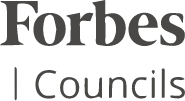Google Penalty Removal Services
Speak to our team of SEO experts on how to remove manual actions in google search console and get your websites visibility back on track.
In the digital world, to have a website penalized by Google is almost the same as having your physical product removed from all the visible places in a store. This scenario can be devastating not only for your present sales, but also for your future efforts.

Even the major websites suffered a penalty.
And were cured
Even though Google Penalty can harm your online reputation to a great extent, there are efficient ways to recover in relatively short time period. To do this, of course, you need expert advice and some time to focus on improvements. With some effort, your reputation will again be excellent.

WHAT IS GOOGLE PENALTY?
 An unusually large traffic drop is probably the most striking change a penalty by Google will cause to your website. Since this can be devastating for any online business, you need to take all the necessary steps to identify and try to solve a problem. To be able to resolve a problem, you first need to understand it. If you notice performance problems, Google Analytics Agency recommends you take the following steps: Identify the type of penalty (Panda, Penguin, Manual actions, Malware), Understand the symptoms (traffic loss especially if it coincides with a Google algorithm update), Assess your options based on the severity of the problem.
An unusually large traffic drop is probably the most striking change a penalty by Google will cause to your website. Since this can be devastating for any online business, you need to take all the necessary steps to identify and try to solve a problem. To be able to resolve a problem, you first need to understand it. If you notice performance problems, Google Analytics Agency recommends you take the following steps: Identify the type of penalty (Panda, Penguin, Manual actions, Malware), Understand the symptoms (traffic loss especially if it coincides with a Google algorithm update), Assess your options based on the severity of the problem.
Google penalty removal process
Depending on the severity of the penalty, you can recover from the damage in as quickly as dozen days or as long as several months. The most important thing, however, is to react on time. This way, you’ll stand more chances of getting to the level of popularity you previously established. Of course, the first step is to know for sure what kind of penalty you’re facing.

WHEN YOU CANNOT DO IT ON YOUR OWN
Using intelligent Google penalty removal strategies, Four Dots Sydney SEO services have helped numerous companies recover from the associated issues. This is what makes us confident in our abilities to cope with even the most aggressive penalty and help a business out any time. Regardless of the type of problem you’re experiencing, Four Dots Australia can be of assistance and set your website back on track.
Get in contact
GOOGLE PENALTY FAQs
If your website has been hit with a Google penalty, it’s likely because it violated Google’s Webmaster Guidelines in some way. Google’s ranking system is designed to reward high-quality, user-friendly websites while penalising those that try to manipulate search rankings with shady SEO tactics. One of the most common reasons for a penalty is unnatural links, where websites either buy or exchange links in an attempt to boost rankings artificially. If your website’s backlink profile contains too many low-quality backlinks or spammy links, Google may see this as an attempt to game the system and penalise your site.
Google takes website quality seriously, and if your site is flagged, it could be subject to either a manual penalty—where a Google reviewer manually flags the issue—or an algorithmic penalty, which happens automatically when an update detects low-quality content or suspicious SEO tactics. The key to avoiding penalties is ensuring your site follows Google’s guidelines and offers real value to users.
When your website receives a Google penalty, it can significantly impact your online visibility and search engine rankings. Here’s what typically happens:
Drop in Rankings: Your website’s pages may drop significantly in Google’s search results, making it harder for potential customers to find you.
Loss of Traffic: A lower ranking usually results in a significant decrease in organic traffic, as fewer people will see and click on your site.
Decreased Revenue: With less traffic, you may see a corresponding drop in leads, sales, and overall revenue.
Manual Action Notification: If it’s a manual penalty, you’ll receive a notification in Google Search Console explaining the issue and the steps you need to take to resolve it.
Algorithmic Penalties: These penalties are automatic, resulting from changes in Google’s algorithms, and you might not receive a specific notification.
Damage to Reputation: Users and other businesses might perceive your site as less trustworthy, especially if the penalty is for something like hosting malicious content.
Addressing the cause of the penalty and submitting a reconsideration request (for manual penalties) or improving your site’s adherence to Google’s guidelines (for algorithmic penalties) is crucial to recovering your site’s rankings and traffic.
There are two main types of Google penalties: manual penalties and algorithmic penalties. A manual penalty occurs when a Google employee or human reviewer flags your website for violating Google’s guidelines. This could be due to spammy backlinks, low-quality content, or deceptive practices like cloaking. If you receive a manual action notice in Google Search Console, you must address the issue and submit a reconsideration request for Google to review your site again.
An algorithmic Google penalty, on the other hand, is automatically triggered when an update detects poor-quality backlinks, thin content, or other violations. Unlike manual penalties, algorithmic penalties don’t come with a direct notification—you’ll usually notice a sudden drop in traffic and rankings. These penalties often result from Google algorithm updates targeting sites with low-quality links, over-optimised content, or outdated SEO tactics. To recover from a Google penalty, a complete SEO audit and a Google penalty recovery process are necessary.
The duration of Google penalties can vary widely depending on several factors. Manual penalties typically last until the issues causing the penalty are addressed and Google approves a reconsideration request. This process involves identifying and rectifying violations of Google’s Webmaster Guidelines, such as unnatural links or thin content. Once the site owner has made necessary improvements and submitted a reconsideration request through Google Search Console, Google reviews the site to ensure compliance. The timeline for recovery from manual penalties generally ranges from a few weeks to several months, depending on the complexity of the issues and the promptness of corrective actions.
Algorithmic penalties, however, can persist until Google’s algorithms recognize sufficient improvements in site quality and compliance. These penalties are automatically applied based on updates to Google’s search algorithms targeting practices like keyword stuffing or manipulative link schemes. Recovery from algorithmic penalties requires ongoing efforts to improve content quality, remove harmful links, and align with updated algorithm criteria. While there is no specific timeframe for algorithmic penalties to be lifted, consistent adherence to Google’s guidelines and best practices can gradually restore search rankings over time.
To recover from a Google penalty, follow a systematic approach:
Identify and understand the penalty: Check Google Search Console for notifications or manual actions indicating the penalty type (e.g., unnatural links, thin content). Determine the specific violations of Google’s Webmaster Guidelines that caused the penalty.
Take immediate action: Promptly address identified issues by removing or disavowing unnatural or spammy links, improving content quality to provide genuine user value, and ensuring the website meets all Google quality standards.
Document changes: Keep detailed records of website changes to demonstrate compliance during recovery.
Submit a reconsideration request: Use Google Search Console to outline actions taken to rectify the penalty and provide comprehensive documentation and evidence of improvements made.
Be patient during review: Understand Google manually reviews the site for guideline adherence before lifting the penalty.
Maintain proactive SEO: Regularly audit the site for guideline compliance, create high-quality, user-centric content, and avoid manipulative tactics.
Stay informed: Keep updated on Google’s algorithm updates and SEO best practices to prevent future penalties. Continuously enhance site content and user experience for sustained search engine rankings.
Recovering from a Google penalty requires promptly addressing issues, documenting changes, submitting a reconsideration request with evidence of improvements, maintaining proactive SEO practices, and staying informed about SEO best practices and algorithm updates.
The cost of Google penalty recovery services depends on multiple factors, primarily the complexity of the issue and the extent of the fixes required. Each Google algorithm update comes with its own set of ranking criteria, meaning the scope of recovery can vary significantly. Some penalties may only require minor adjustments—such as refining on-page SEO or removing a few spammy backlinks—while others demand a comprehensive SEO overhaul, including backlink audits, content revisions, and technical SEO fixes.
Because no two penalties are the same, it’s difficult to predict an exact cost upfront. A simple Google penalty removal process might be resolved for a few hundred dollars, but if your site requires extensive recovery efforts—like removing bad links, improving content quality, and fixing technical SEO issues—the cost can rise to several thousand dollars. Ultimately, in boils down to the amount of work required to bring your site back into compliance with Google’s guidelines.
Generally, prices can range from a few hundred to several thousand Australian dollars. Some agencies may charge a flat fee for the entire process, while others may bill hourly or offer tiered pricing based on the extent of the work required.
It’s essential to choose a reputable service with a proven track record in successfully removing penalties and improving search engine rankings. Always request a detailed quote and understand what services are included before committing to a penalty removal plan.
While it’s possible to recover from a Google penalty and regain strong search rankings, there’s no guarantee that your website will return to exactly where it was before. If your previous rankings were built on spammy backlinks, low-quality content, or outdated SEO practices, recovery may take longer, and your site may not reach the same position. However, by focusing on high-quality content, ethical link-building, and a sustainable SEO strategy, you can often rebuild authority and organic traffic over time.
If you’ve noticed a sudden drop in your website traffic, your rankings have plummeted in Google Search Results, or specific pages have disappeared entirely from the SERP, you might have a Google penalty. The first step in diagnosing the problem is checking Google Search Console. If the penalty is a manual action, you’ll see a notification in Google Webmaster Tools explaining the issue. Google will also provide guidance on how to remove a Google penalty, but it’s up to you to make the necessary fixes and submit a reconsideration request to Google.
If there’s no manual action listed, but you’re still experiencing a ranking drop, you may be dealing with an algorithmic penalty. This usually happens after Google algorithm updates, where the system automatically devalues sites that fail to meet evolving content quality standards. In this case, using Google Analytics and conducting a technical SEO audit can help identify what went wrong. A comprehensive SEO strategy focused on on-page SEO, link quality, and eliminating duplicate content can help recover lost rankings. An SEO agency can also significantly increase your chances of a full Google penalty removal and long-term search engine success.
The time it takes to recover from a Google penalty depends on the type of penalty and the Google penalty removal process you follow. If it’s a manual penalty, recovery can happen within a few weeks to a few months, depending on how quickly you fix the problem and submit a reconsideration request. Once you’ve cleaned up spammy backlinks, improved content quality, and addressed other violations, Google will review your request. If approved, your search engine ranking should begin to recover.
For an algorithmic penalty, recovery isn’t tied to a fixed timeline—it depends on how quickly you can identify what Google’s algorithm now prefers for your targeted keywords. Google’s updates constantly refine how search rankings work, prioritising different factors such as user experience, content depth, and backlink quality. If your site was affected, it means Google has reassessed its value in comparison to competitors.
The first step in Google penalty recovery depends on the type of penalty affecting your site. If you’ve received a manual Google penalty, the process is more straightforward—start by checking Google Search Console for any notifications under Manual Actions. If a human reviewer from Google has flagged spammy backlinks, low-quality content, or other violations of Google’s guidelines, you’ll need to take corrective action. This could mean removing bad links, improving content quality, and ensuring your site fully complies with Google’s Webmaster Guidelines. Once the necessary improvements are made, you can submit a reconsideration request to Google, detailing the changes you’ve implemented. If accepted, Google will lift the manual penalty, and you can begin regaining lost search rankings.
If you’re dealing with an algorithmic penalty, the recovery process is less predictable. Since algorithmic penalties happen when Google’s updates automatically devalue your site based on its evolving ranking criteria, the solution depends on why your site was impacted. Sometimes, it’s about thin content, where your pages lack depth or originality. Other times, it’s low-quality backlinks affecting your backlink profile, or technical SEO issues reducing your site's credibility. Conducting a complete SEO audit is crucial to pinpointing weaknesses—whether it’s duplicate content, spammy links, or on-page SEO factors hurting your visibility.
The best way to avoid another Google penalty is by following Google’s guidelines and maintaining a clean SEO strategy. Regularly auditing your site for technical SEO issues, keeping your backlink profile free of low-quality links, and focusing on content quality are essential steps. Monitoring Google Search Console for warnings and staying informed about Google algorithm updates can also help you catch potential problems before they turn into penalties.
Proudly provide services to
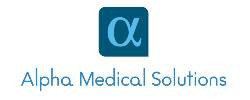
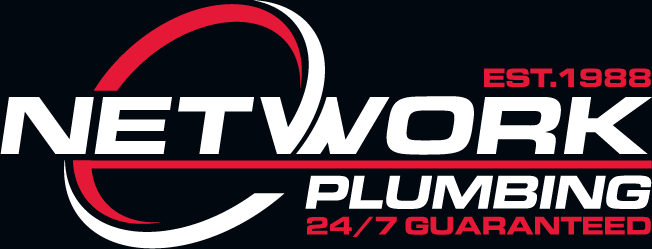




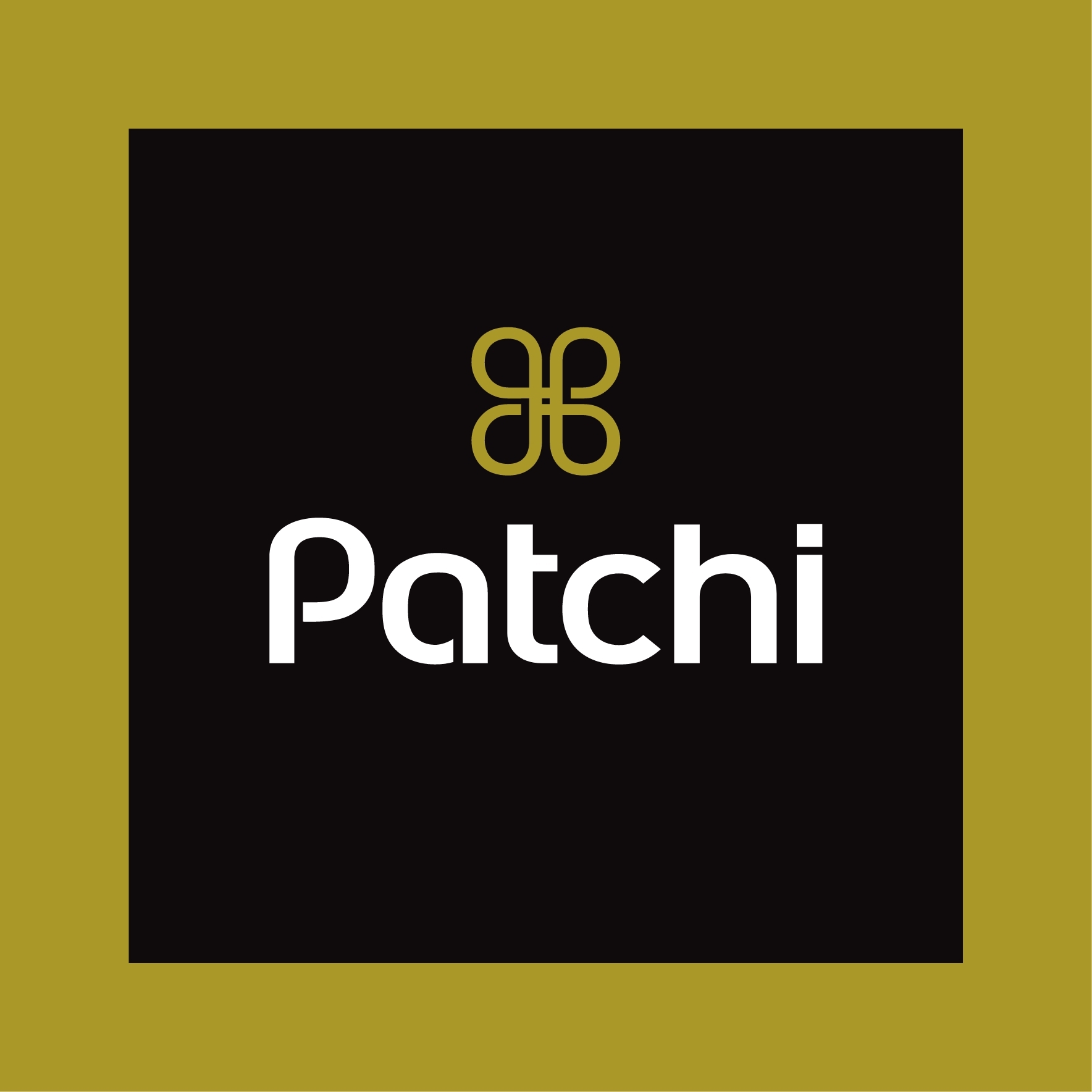
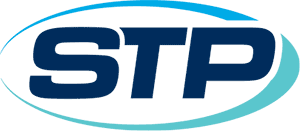
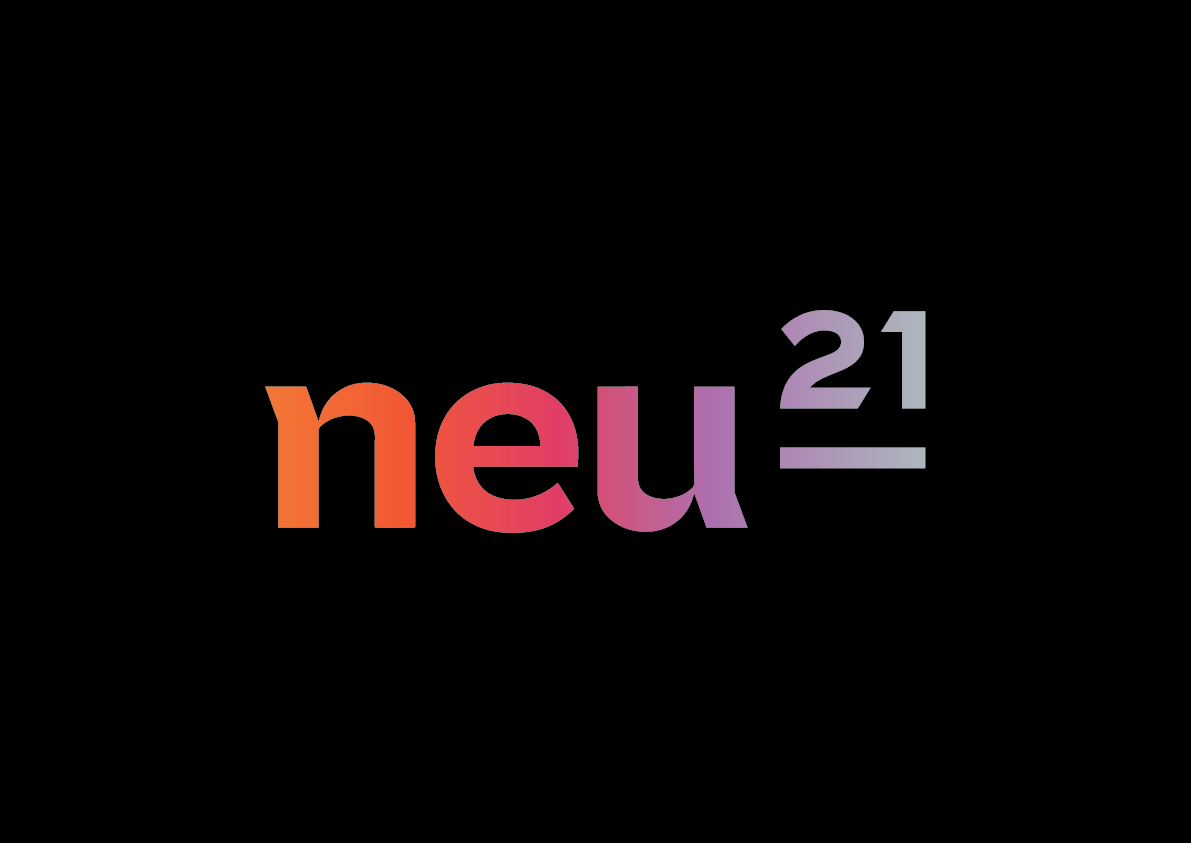



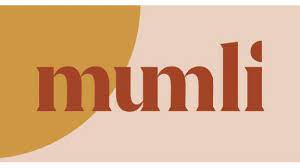



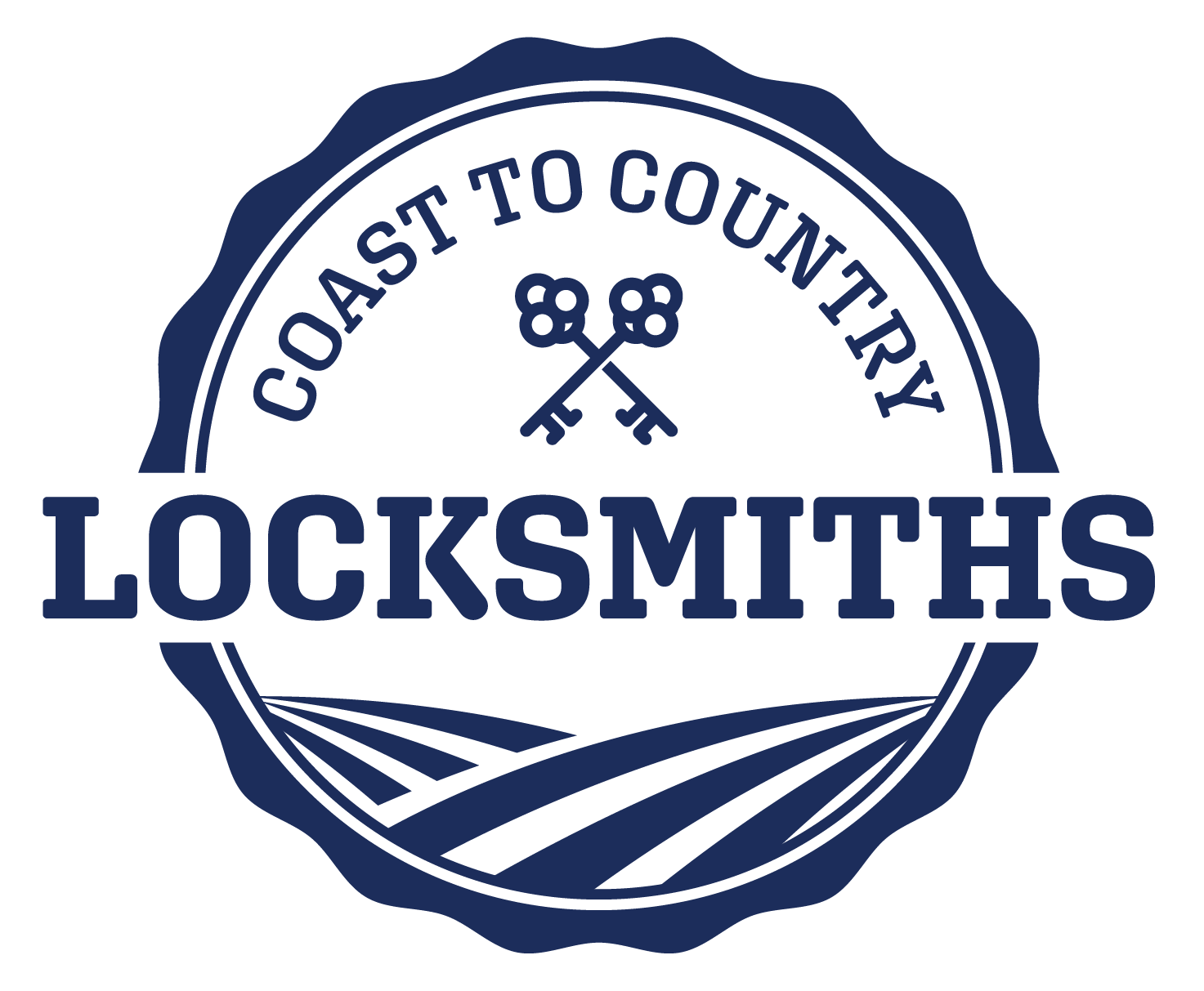

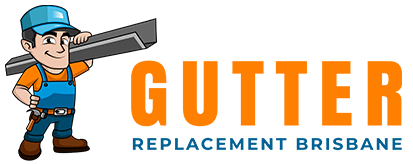
Latest from the blog
Advanced Technical SEO Tactics for 2025
As the digital landscape continues to evolve, staying ahead in SEO requires more than just basic optimisation techniques. Technical SEO is important as it impacts organic traffic, search result appearance, user experience, and overall SEO performance. Advanced technical SEO tactics are essential for ensuring your website remains competitive and ranks well in search engine results. […]
Read moreShopify SEO – How to Optimize Your Shopify Site for Google
Having a Shopify store is great, but if people can’t find it on Google, you’re missing out on potential sales. SEO (Search Engine Optimisation) is key to driving organic traffic to your Shopify store. With the right strategies, you can boost your rankings, attract more customers, and grow your business. In this guide, we’ll take […]
Read moreBoost Your Conversions Transform Your Landing Pages In Just 14 Days
In today’s digital world, your landing page is often the first thing people see when they visit your site. If it’s not up to scratch, you could be losing potential customers before they even get to know your business. But don’t worry – with the right tweaks, you can turn your landing page into a […]
Read moreSydney office
Level 26, 44 Market Street,
NSW 2000
Sydney,
Australia
Phone +61 289993731

